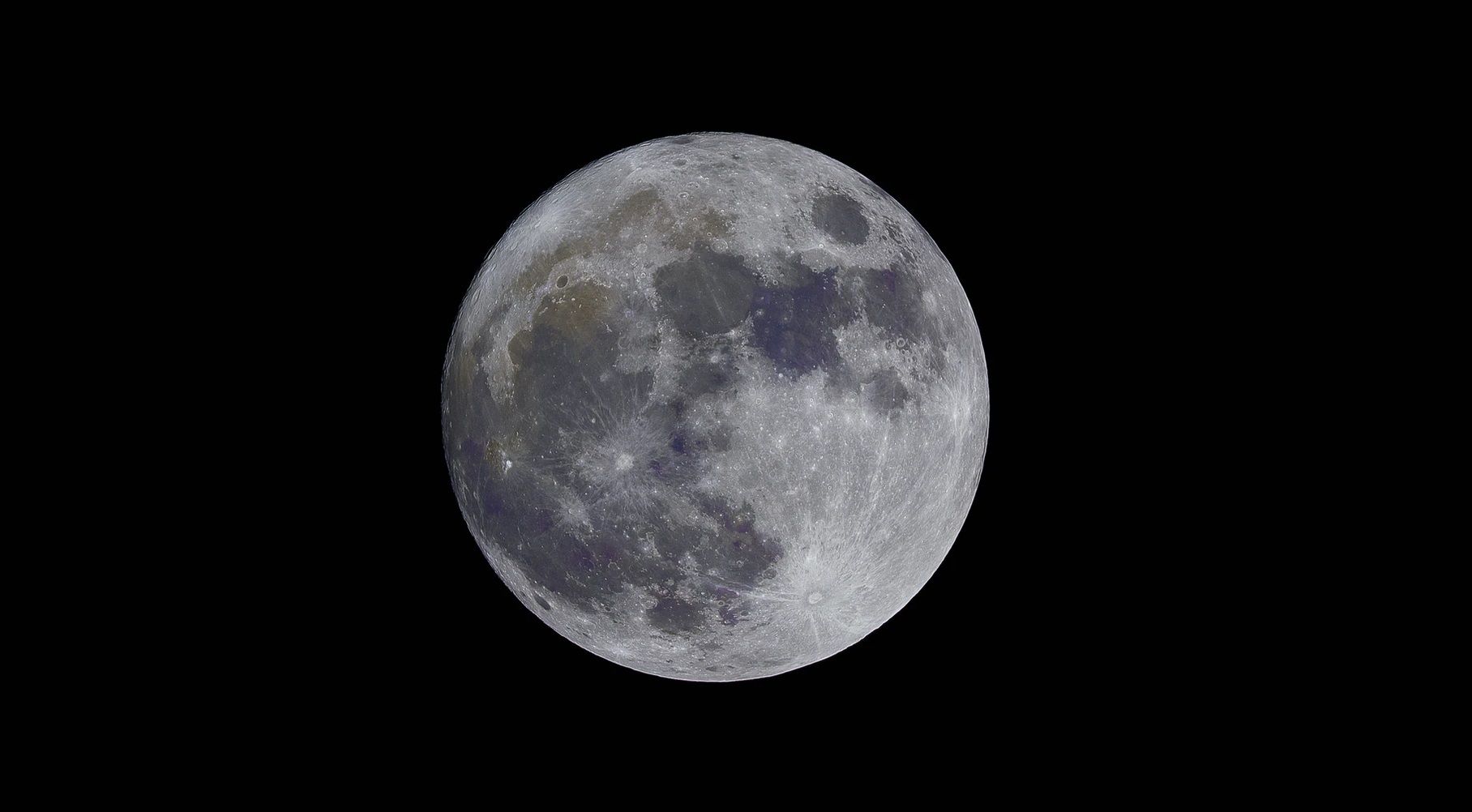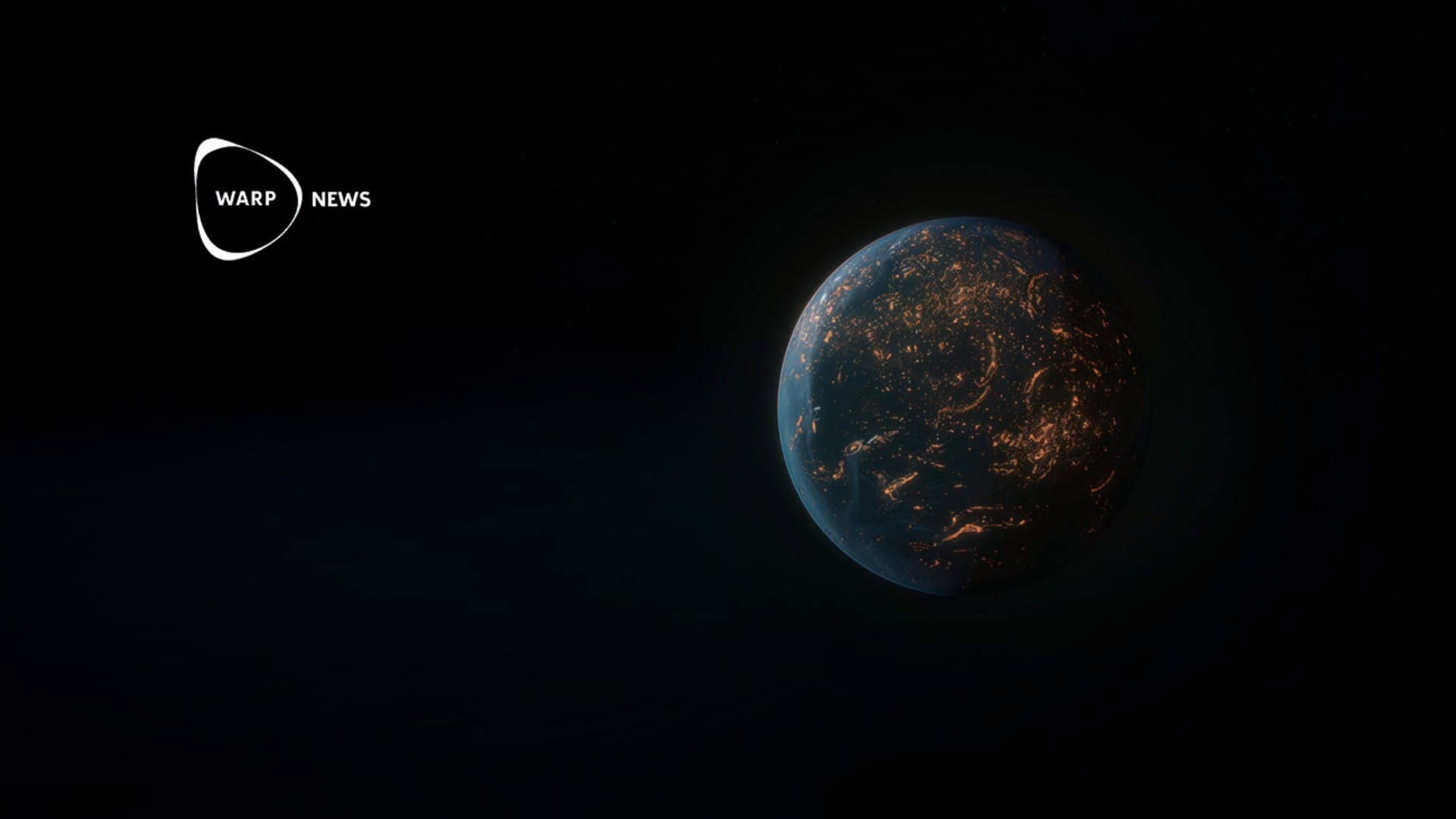
🌑 Chang’e-5 returns with a rock sample from the Moon
China has completed the cutting-edge mission to bring back samples from the Moon to the Earth for the first time since the 1970’s. The Chang’e-5 mission involved many challenging steps, including a docking in lunar orbit and a bounce re-entry into the Earth’s atmosphere.
Share this story!
Lunar sample-return missions return from the history books as China’s Chang’e-5 mission brings new material of lunar soil to Earth for the first time since the 1970’s. The previous mission to have done the same was the Soviet mission Luna 24 in 1976. The new sample landed in northern China tonight after the Chang’e-5 spacecraft released the re-entry capsule containing it down into the Earth’s atmosphere.
The whole mission lasted only 23 days as the spacecraft was launched from Earth as recently as the 24th of November. The mission contained an orbiter and a lander, and the lander in turn contained a return capsule. The mission headed towards Mons Rümkerin, an old volcanic peak in the Ocellanus Procellarumin lava plateau on the Moon, where the terrain has tracks that would suggest ancient volcanic activity. A sample from this region is hoped to reveal important new scientific information about the Moon’s geological past.
The visit on the Moon was short and lasted barely one lunar day. The orbiter arrived and deployed the lander, the lander started drilling in the soil and a robot arm then collected a few kilograms of Moon rock from the hole. The sample was placed in the returner, which lifted off back up to the orbiter. The orbiter caught up with the spacecraft in a successful docking in lunar orbit and then changed course back towards the Earth.
Chang’e-5 is now one more in a series of successful Moon missions completed by China. It was originally already planned for 2017, but problems with the Long March rocket, which was used for launching the spacecraft in November, delayed the mission until this year. Already back in 2014, a test mission called Chang’e-5 T1 was conducted to test the atmospheric re-entry. The European Space Agency supported the mission with tracking assistance during the re-entry. A second lunar sample return mission, Chang’e-6, is planned for 2023 or 2024.
By becoming a premium supporter, you help in the creation and sharing of fact-based optimistic news all over the world.


